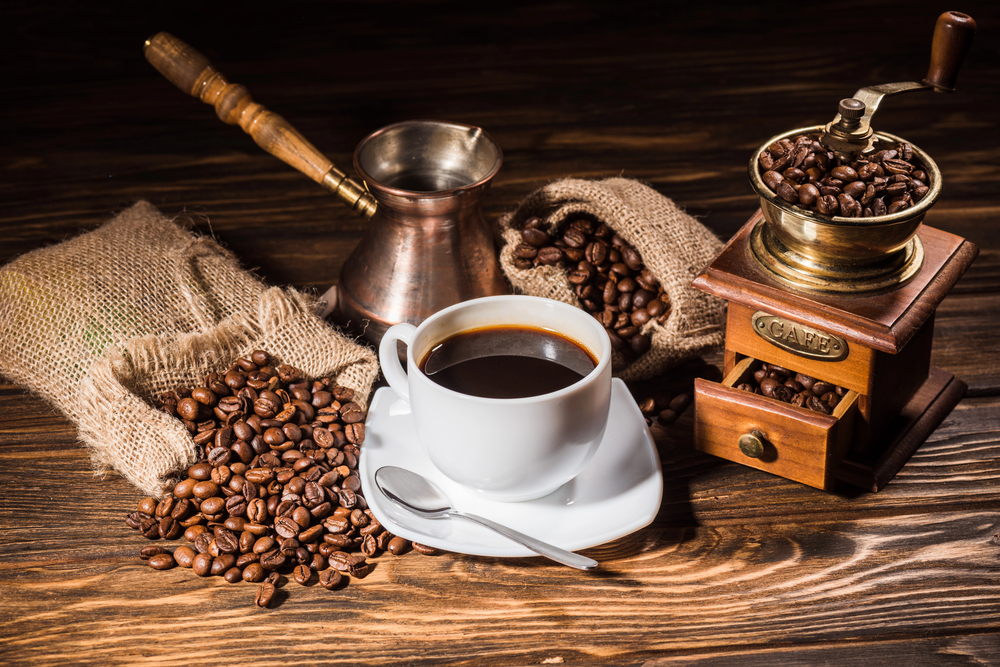Enjoyed at a bistro counter, sipped on the go with colleagues, or shared with family during Sunday lunch: in France, coffee is a way of life. This energizing drink is so popular that it has given its name to the establishments that have been serving it since the 17th century. With or without a fresh croissant, it can also be enjoyed at home, especially with good coffee beans bought in bulk. Let's take a closer look at the advantages of this way of consuming coffee, which combines refinement and conviviality.
